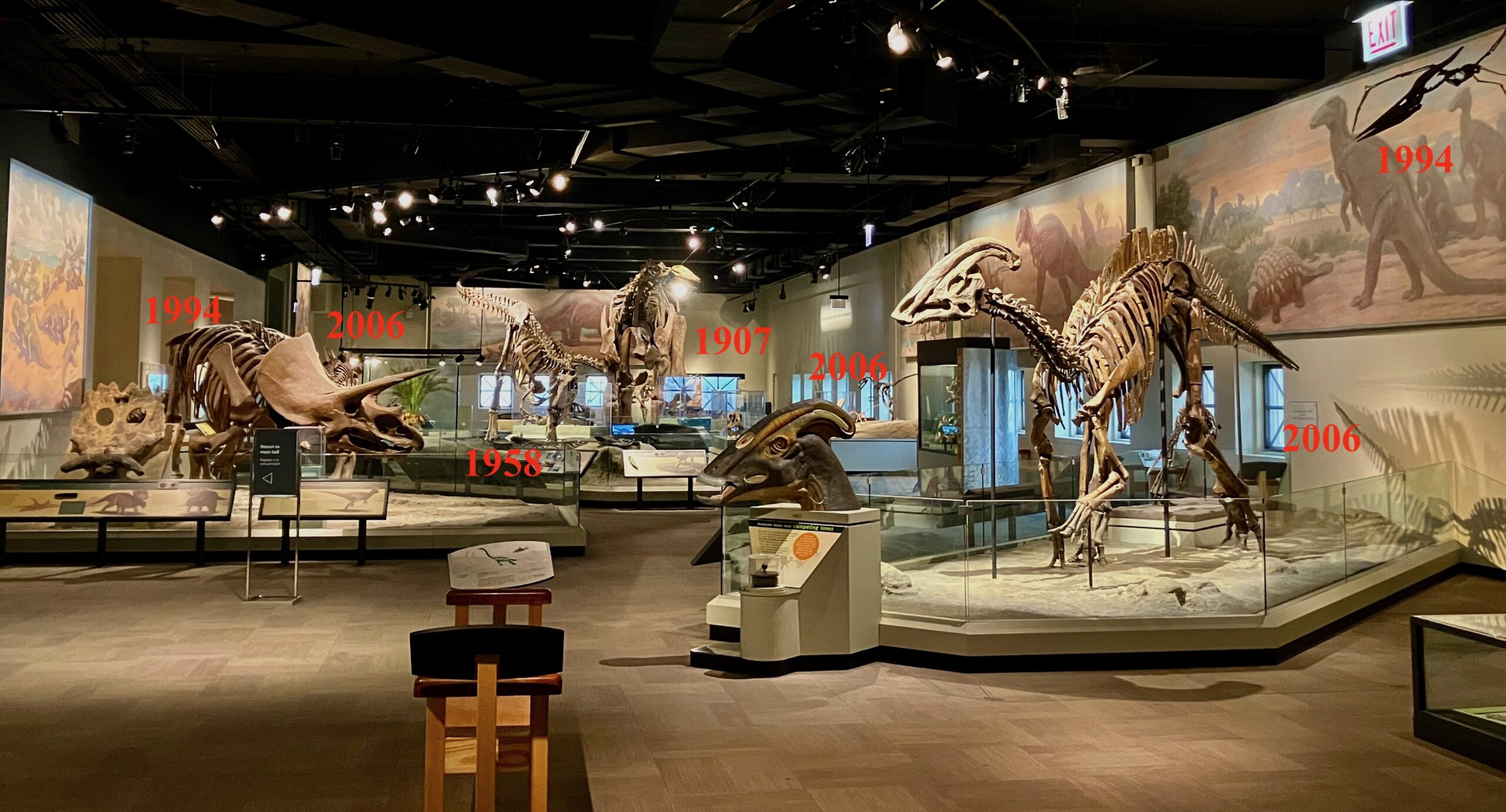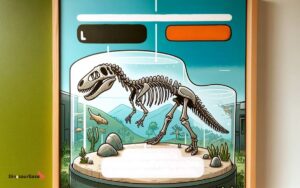Can Dinosaurs Cry?: Uncovering Prehistoric Emotions
There is no scientific evidence to confirm that dinosaurs could cry as humans do. Crying, as we understand it, involves emotional tears, which are unique to certain mammals.
Dinosaurs, the astonishing creatures that dominated the Earth millions of years ago, continue to spark curiosity and fascination. Our understanding of these ancient reptiles has evolved significantly due to extensive paleontological research. While movies and books often anthropomorphize dinosaurs, giving them human traits, the scientific community relies on fossil evidence and living descendants, like birds and reptiles, to make educated guesses about dinosaur behavior.
Tear production in animals typically serves to clean and lubricate the eye, rather than being a response to emotions. Engaging with these prehistoric giants stimulates not only the imagination but also encourages a deeper appreciation of the evolutionary marvels that once roamed our planet.

Credit: www.reddit.com

Tears Of The Past: Did Dinosaurs Have Tear Ducts?
Imagine a towering T-Rex, its massive form shaking the ground with each step. Could such a creature shed tears? The notion fuels curiosity. Did dinosaurs, like modern reptiles, have tear ducts to lubricate their eyes? This section delves into what we know about dinosaur eye anatomy and whether they could cry, tear, or simply moisten their eyes as part of their daily function.
The Anatomy Of Dinosaur Eyes
Modern birds and reptiles, the closest relatives to dinosaurs, both have tear ducts. This similarity suggests dinosaurs might have had them too. Eye anatomy is crucial for survival, providing lubrication and protection from debris. The eye structures of many living creatures include:
- Tear ducts
- Corneas
- Pupil
- Sclera
- Lens
Dinosaur eye anatomy likely contained similar features. Yet, without soft tissue fossils, it is complex to confirm the existence of their tear ducts.
Fossil Evidence And Lacrimation
Dinosaurs inhabited earth for millions of years. Over time, many became fossilized, preserving their hard parts like bones and teeth. But what about their soft tissues, such as eyes and tear ducts? It’s rare for soft tissue to fossilize, yet there are special cases where conditions allowed for extraordinary preservation.
Scientists can study the few available soft tissue fossils to guess about dinosaur tears. Indirect evidence arises from examining:
- The skull structure surrounding the eye
- Closely related species’ tear ducts
- Impressions left by soft tissues in fossilized bones
These clues help scientists piece together the possibility of tear ducts in dinosaurs. Lacrimation, or crying, could have been a part of dinosaur life for eye maintenance, just as it is in many animals today.
Though concrete evidence might elude us, the journey to understand dinosaur biology uncovers new insights with each fossil discovery. The presence of tear ducts in these ancient reptiles reminds us of the deep connections across time and species in the complex tapestry of life.
/cdn.vox-cdn.com/uploads/chorus_asset/file/23632437/dino_jasonraish.jpg)
Credit: www.theringer.com
Interpreting Dinosaur Emotions
Have you ever wondered if the mighty dinosaurs could feel emotions, like joy or sadness? Scientists dig through ancient clues to guess about dinosaur tears. This journey explores what we might learn about the hearts of these long-extinct creatures.
Comparing Reptilian And Avian Relatives
To unlock dinosaur emotions, we look at their modern relatives. Dinosaurs are ancestors of birds and share traits with reptiles. These connections give hints about dinosaur behavior.
- Birds show a wide range of emotions. They sing when happy and screech in distress.
- Reptiles have simpler emotional lives. They might not cry like us, but they do respond to their environment.
Behavioral Evidence From Fossil Records
What do old bones tell us about dinosaur behavior? Lots! Let’s look at what we’ve found in the ground:
| Fossil Clue | What It Tells Us |
|---|---|
| Nesting Sites | Groups may have cared for their young together, like many birds today. |
| Footprints | Patterns can show pack behavior or solo lives. Close footprints might mean social creatures. |
| Skull Windows | Large holes for muscles can show strong jaw action, maybe for loud communication or fierce bites. |
These clues build a story of dinosaur life and feelings.
The Function Of Tears In Dinosaurs
The Function of Tears in Dinosaurs has intrigued scientists for years. Did these ancient reptiles need to blink away tears like we do? Tears serve vital functions for eye health. They protect eyes and keep them moist. Let’s delve into how these mechanisms might have worked in dinosaurs.
Protective Eye Mechanisms
Dinosaurs roamed the earth for millions of years. Their eyes needed protection from dust, debris, and insects. Tears could have been their shield. These drops form a barrier, guarding delicate eyes from the environment. We often blink to spread this protective layer in our own eyes.
- Cleansing action with each blink
- Removal of potentially harmful particles
- Continuous eye lubrication
Moisture And Eye Health In Harsh Climates
Dinosaurs lived through extreme climates. From blistering heat to freezing cold, their bodies had to adapt. Tears helped maintain eye health in these harsh conditions. They prevented eyes from drying out. Moist eyes see better and are less prone to injuries.
| Climate | Function of Tears |
|---|---|
| Desert-like | Keep eyes from drying |
| Cold | Prevent frost damage |
| Windy | Protect from debris |
Crying Over More Than Spilled Water
Delving into the prehistoric age, a curious question often arises: could dinosaurs, the great reptiles of the past, shed tears? This intriguing thought challenges our understanding of these ancient creatures. It’s not just about physical capability, but also emotional expressiveness. Let’s explore the possibility of dinosaurs crying, touching upon their potential reasons beyond just spilled water.
Crying As Communication: A Myth?
Dinosaurs roamed the Earth for millions of years. Scientists have found many clues about their behaviors. But did they cry to communicate? Modern reptiles do not show tears for communication. Their tear ducts mainly keep their eyes clean. For dinosaurs, it’s likely the same. No evidence directly links dinosaurs with crying for emotional reasons.
Social Behaviors In Herd Dinosaurs
Some dinosaurs lived in herds, like the mighty Triceratops and sociable Hadrosaurs. Working as a group, they probably used sounds and body language to talk to each other. Crying as we know it wasn’t needed. Instead, their bonds formed through mutual protection and finding food together. Dinosaurs likely had complex social structures within their herds.
The Science Behind Dino Tears
Did dinosaurs cry? It’s a question that fuels imagination and scientific curiosity alike. While movies show us dinosaurs roaring, reality might hold different truths. Understanding dinosaur emotions, including whether they could shed tears, is a complex puzzle. Scientists use clues from fossils and modern animals to build a picture of dinosaur life, including their capacity for tears.
Current Research Methods In Paleontology
Modern paleontology turns to state-of-the-art methods to uncover secrets of the past. Here’s how:
- Imaging techniques: Tools like CT scanners reveal details inside fossils without damaging them.
- Comparative anatomy: Comparisons with creatures like reptiles and birds hint at dinosaur biology.
- Molecular paleontology: Investigates fossilized soft tissues for biochemical traces.
These methods help scientists determine the structure of dinosaurs’ eyes and potentially their tearducts.
Limitations And Challenges In Studying Dinosaur Emotions
Emotions in dinosaurs prove tricky to study. Here’s why:
- Fossil record gaps: Not all dinosaurs left behind fossils that we can analyze.
- Soft tissue rarity: Emotional expressions involve soft tissues, rarely preserved in fossils.
- Behavioral interpretation: It’s tough to interpret behavior from bones and footprints alone.
These challenges mean that definitive answers about dino emotions, including if they cried, may remain elusive.
Nevertheless, the intersection of anatomy and behavior, observed in existing creatures, offers a way to hypothesize about dinosaur tears. As researchers continue to refine their methods and make new discoveries, our understanding of these magnificent creatures continues to evolve, perhaps one day leading to an answer to the question of dino tears.

Credit: abcnews.go.com
Myths And Misconceptions
Dragons, unicorns, and dinosaurs – all fuel our fantasy and prehistoric curiosities. But myths often blur with science, leaving us to wonder: Did dinosaurs cry? It’s time to explore these ancient giants through the lens of fact and fiction.
Pop Culture’s Influence On Dinosaur Depictions
Pop culture shapes how we see dinosaurs. They roar and rampage through movies and books. This dramatizes their lives but doesn’t always show truth.
- Brightly-colored dinos in films? Pure guesswork.
- Portrayals of dinosaurs crying in scenes? Engaging, yes; accurate, less so.
- Scientists cannot confirm if dinosaurs had tear-duct functionality.
Separating Science Fiction From Science Fact
To know a dinosaur’s habits, we look at their closest relatives.
Birds and reptiles give clues. Many birds and reptiles do not cry as humans do. They lack some tear components. Hard evidence on dino-tears is scarce.
- Did dinos cry to clear debris from eyes? Possible, but not for emotions.
- Fossils show eye structure, yet tear ducts remain a mystery.
Frequently Asked Questions Of Can Dinosaurs Cry
Do Dinosaurs Have Emotions?
Dinosaurs, similar to modern reptiles, likely experienced basic emotions such as aggression or fear, critical for survival. Complex emotions like empathy may have been beyond their capacity.
What Noises Did Dinosaurs Make?
Dinosaurs likely made a variety of sounds for communication, including roars, grunts, and hisses. The exact noises remain speculative, as audio evidence is nonexistent. Vocalizations would have varied among species, similar to today’s reptiles and birds.
Did Dinosaurs Feel Pain?
Yes, dinosaurs likely experienced pain. As animals with nervous systems similar to modern creatures, their bodies were equipped to sense and react to discomfort.
Were Dinosaurs Able To Talk?
Dinosaurs did not have the capability to talk like humans. Their vocalizations likely consisted of roars, grunts, or chirps, not complex speech.
Conclusion
As we journey back in time, the enigma of dinosaur emotions remains captivating. Science points to unlikely tears from these ancient giants, yet our curiosity endures. The limitations of fossil records mean some answers stay buried in history. Whether dinosaurs shed tears or not, their legacy continues to fascinate and inspire.
Keep exploring, and revel in the mysteries of the past.



